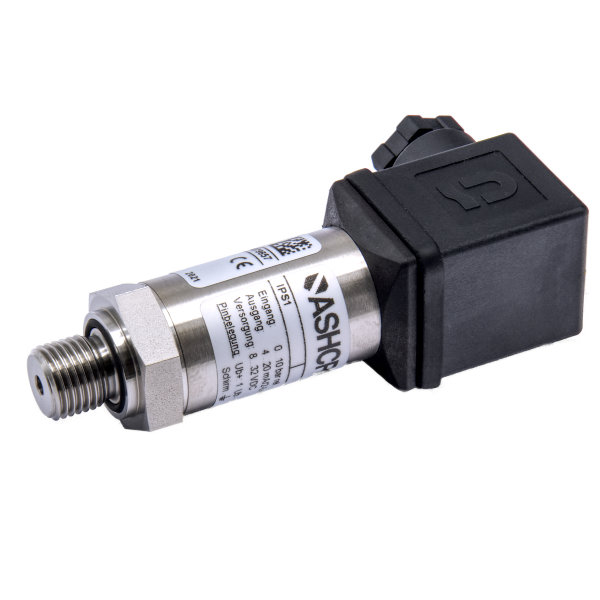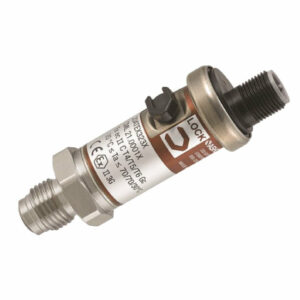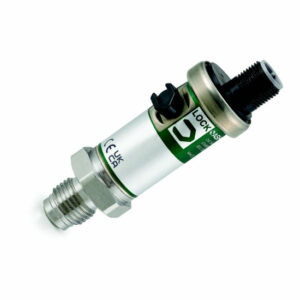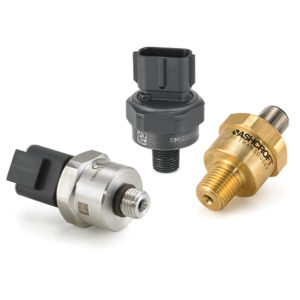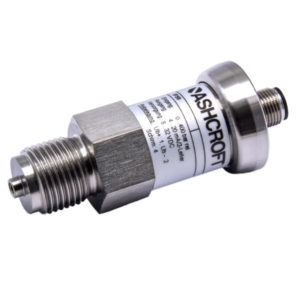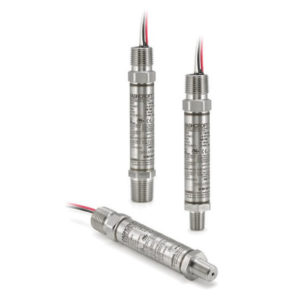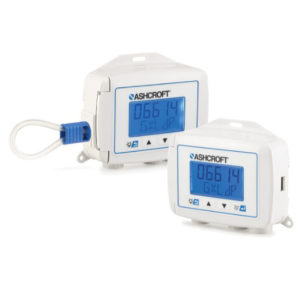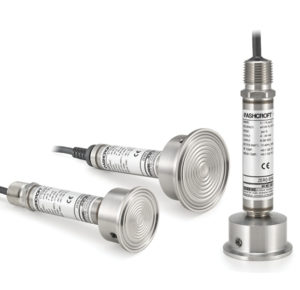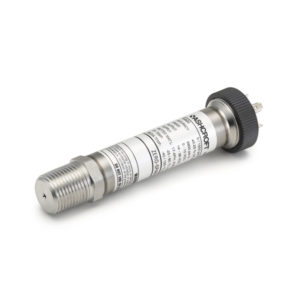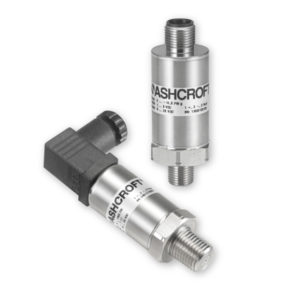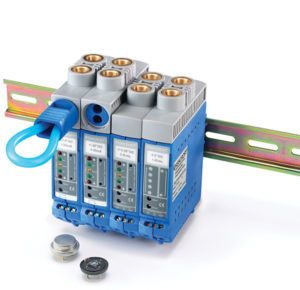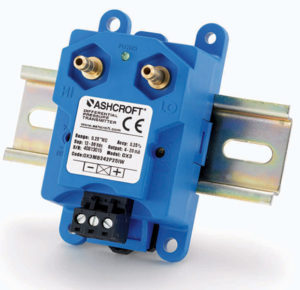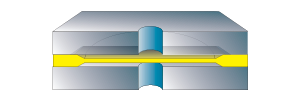

OEM Pressure Transducer IPS1 and IPS2 for General Applications
OEM Pressure Transducer IPS1 and IPS2 for General Applications
- Construction machinery
- Agricultural equipment
- Engine monitoring
- Hydraulic & pneumatic sensing
- Renewable Energy
- Machine equipment
Data Sheets
Installation + Maintenance
Declaration of Conformity
- 📄 EU Declaration of Conformity CE IPS1 … IPS6 🇬🇧
- 📄 ATEX EU DoC IPS 08-2022 🇩🇪🇬🇧
- 📄 EU DoC Transducer IPS1-IPS6 09-2022 🇩🇪🇬🇧
Industry Brochures
Product + Technical Information
Key Features
Wide assortment of analog outputs, pressure and electrical connections
Cost effective
Compact, rugged construction
Dry ceramic sensor element is corrosion resistant and can be cleaned for medical and special gases application
Markets & Applications
Pumps and Compressors
HVAC-R
Machine Automation
- Specifications
- Downloads
Wetted Parts Material
Stainless steel 304 (1.4301)
Viton®
Ceramics
Ingress Protection
IP67
IP65
Stability
≤±0.3% span/year at reference conditions
Case or Body Material
Stainless steel 304 (1.4301)
Durability
>100 million cycles
Mounting
Stem
Electrical Termination
Hirschmann EN 175301-803 Form A
Hirschmann EN 175301-803 Form C
M12 Hirschmann® 993-172-100
Wire leads, PVC insulated
Dampening
Throttle screw
Process Connection Style
Threaded
Output Signal
4-20 mA (2-wire)
0-5 VDC (3-wire)
0-10 VDC (3-wire)
Many other voltage outputs
Accuracy
1% of span
0.5% of span
Pressure Type
Absolute pressure
Gauge pressure
Ranges
1 ... 400 bar / 6000 psi
Data Sheets
Installation + Maintenance
Declaration of Conformity
- 📄 EU Declaration of Conformity CE IPS1 ... IPS6 🇬🇧
- 📄 ATEX EU DoC IPS 08-2022 🇩🇪🇬🇧
- 📄 EU DoC Transducer IPS1-IPS6 09-2022 🇩🇪🇬🇧
Industry Brochures
Product + Technical Information
- Category: Transducer / Transmitter

